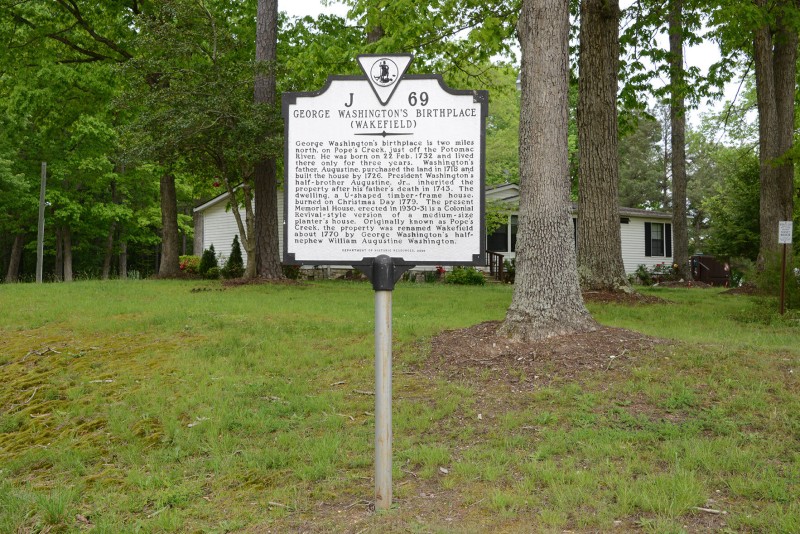
George Washington was born in 1732 at his family’s tobacco plantation in Virginia.

The site is maintained by the National Park Service as a national monument. The obelisk at the entrance is a 1/10 scale version of the one in Washington DC, fifty miles north.
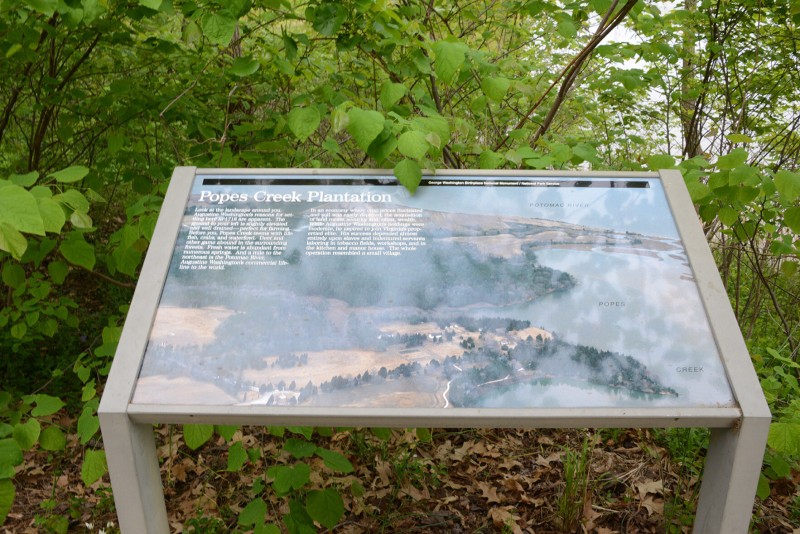
There is a visitor center at the birthplace (which was known as Pope’s Creek Plantation).

In 1779, long after Washington had moved away, the house he was born in burned down. By then it had been expanded into a mansion known as Wakefield, and was owned by Washington’s nephew.
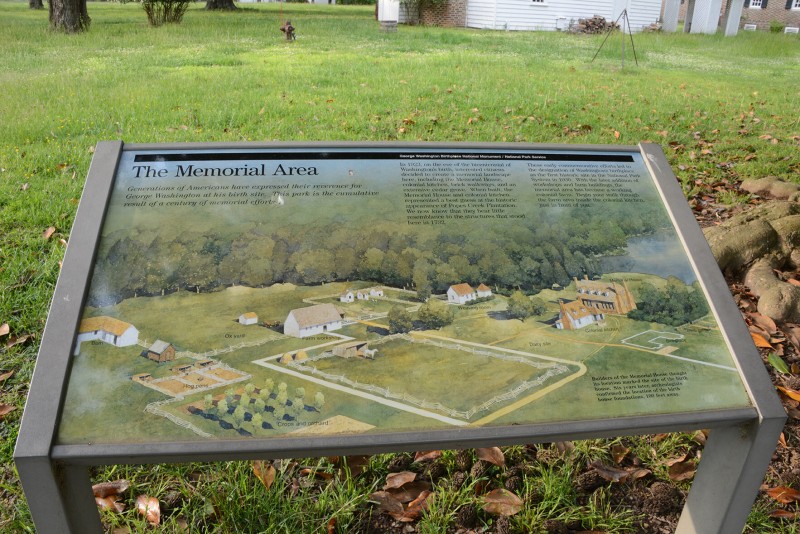
In 1931, a gift from John D. Rockefeller Jr. helped to restore and preserve the site in time for Washington’s 200th birthday.

A house was constructed to represent the original birthplace house, sited on what was thought to be the original cellar hole. Though the original house was made of wood, the replica house was made of brick.
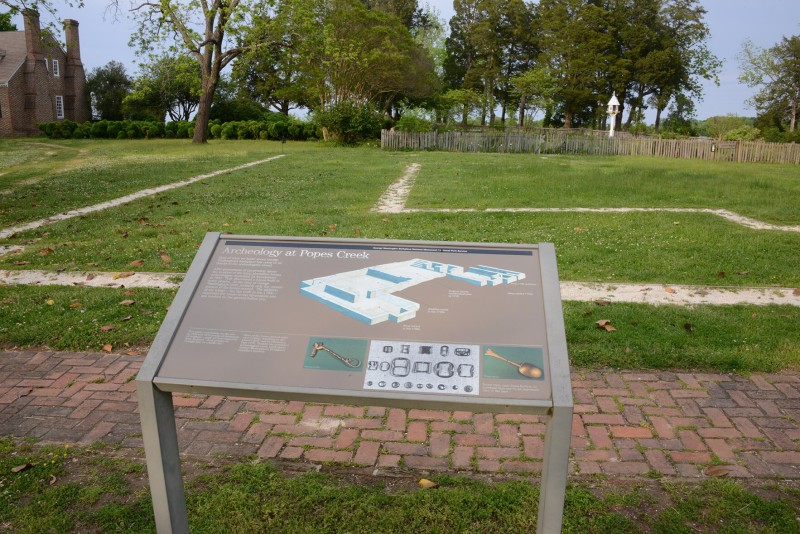
Archeologists later discovered that the original house site was a hundred feet away, and the cellar they based the size of the replica on was of an outbuilding of some kind, possibly a barn.
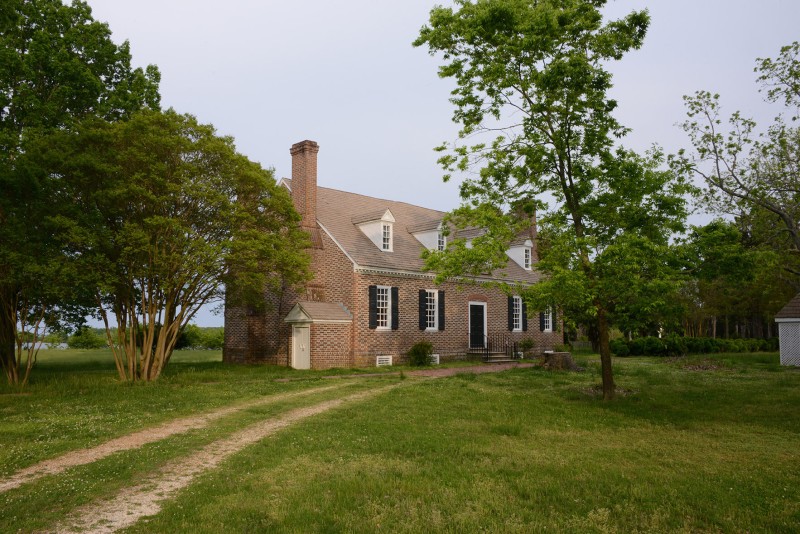
So now the replica house is called the Memorial House.

After excavations at the site of the original structure, the ground was filled in and the walls of the old building were outlined with crushed oyster shells.

In 1738, Washington’s family moved to a plantation near Fredericksburg, Virginia.
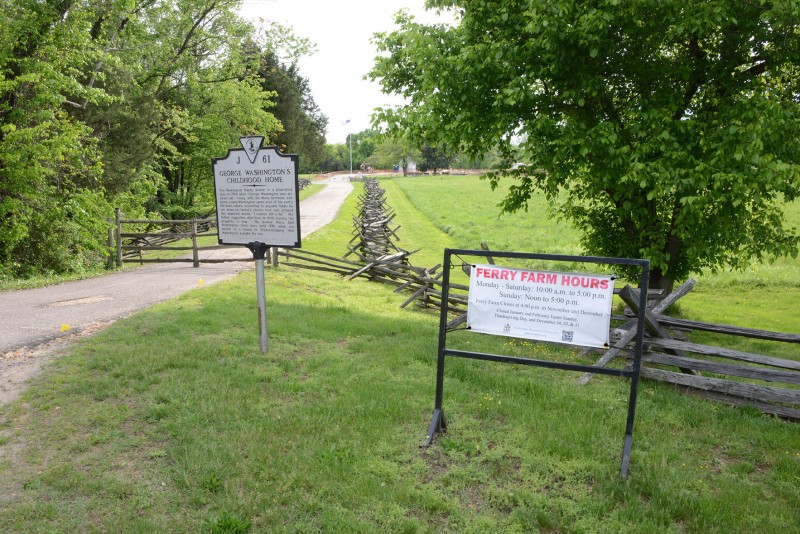
The plantation became known as Ferry Farm, as it was used later as a ferry crossing point on the Rappahannock River.
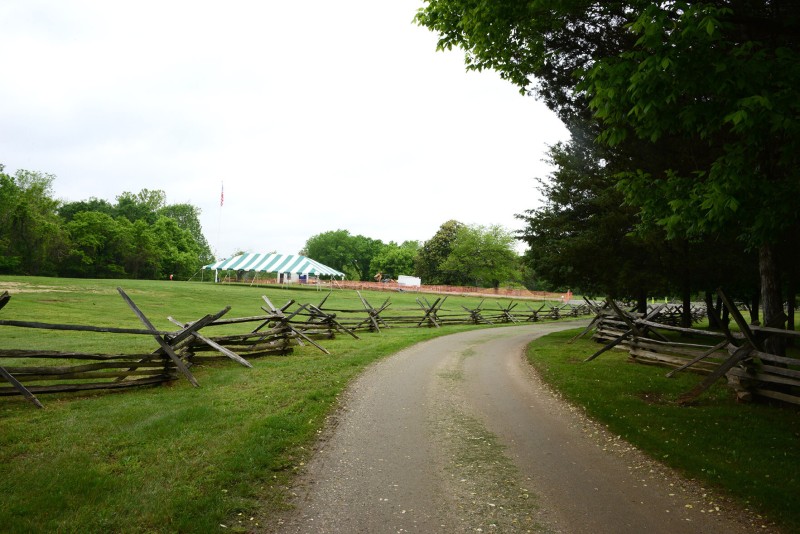
George Washington lived here from the age of six to his teenage years, along with his brothers and sisters.
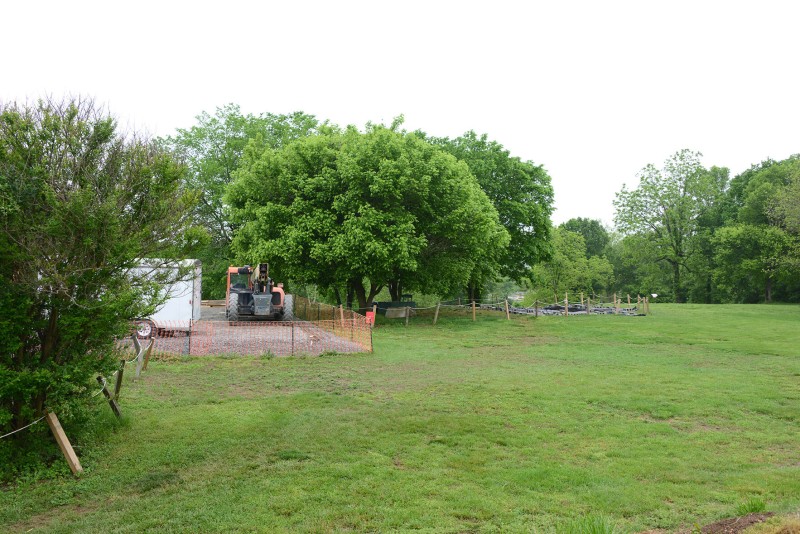
Washington inherited the property after his father died, although he moved away in his early 20’s.

A structure known as the Surveyors Shed remains from a later farmstead. It was here that Washington learned surveying, which became his trade.

Washington acquired much of what he surveyed, ultimately owning land from Kentucky to upstate New York, and becoming one of the wealthiest men in the country.

The fable of the cherry tree is set here at Washington’s boyhood home.
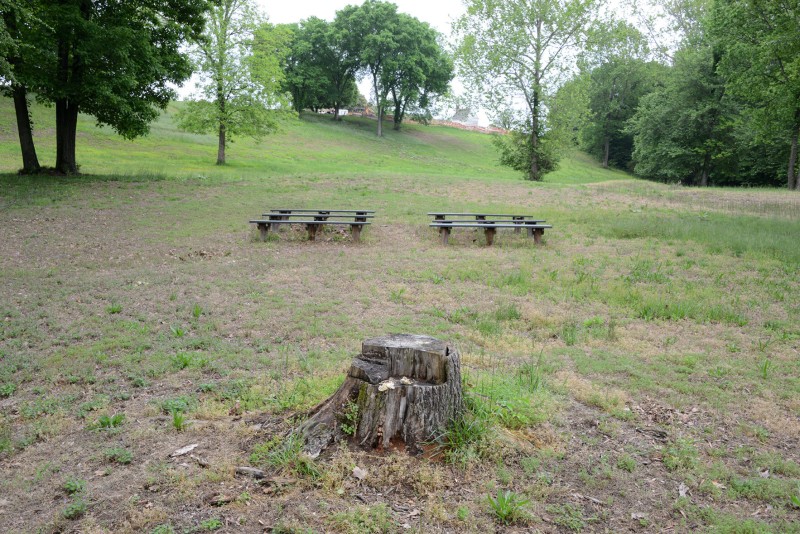

At Ferry Farm the landscape of myth is giving way to scientific archeology.
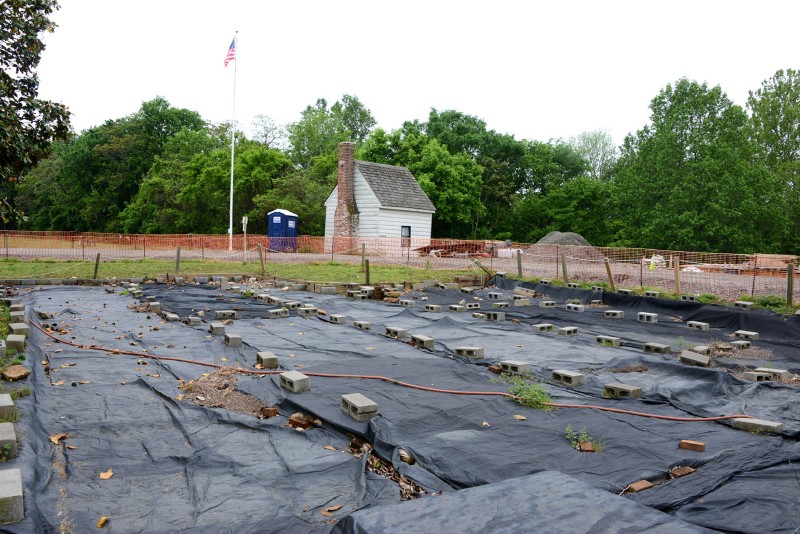
In 2008, the original Washington house site was discovered, and a reconstruction at that location is currently being built.
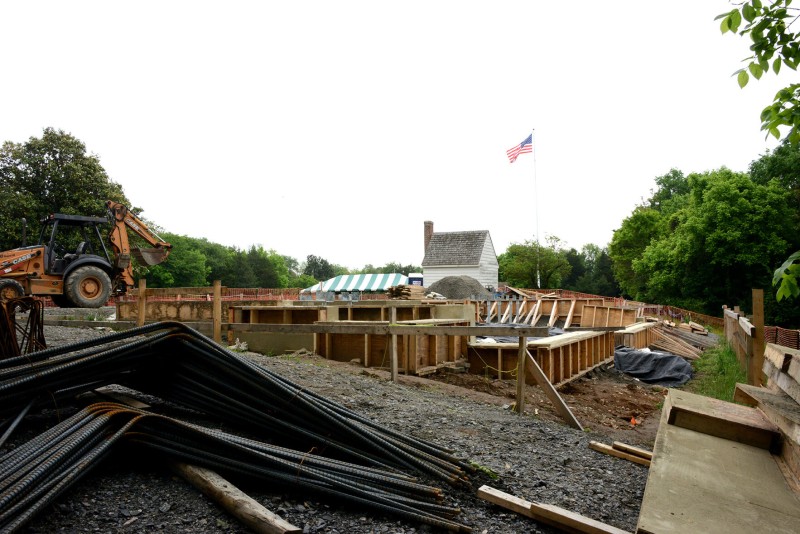
The reconstructed house is designed to structurally float above the ground, in order to allow archeologists access to the original site, should they need it.
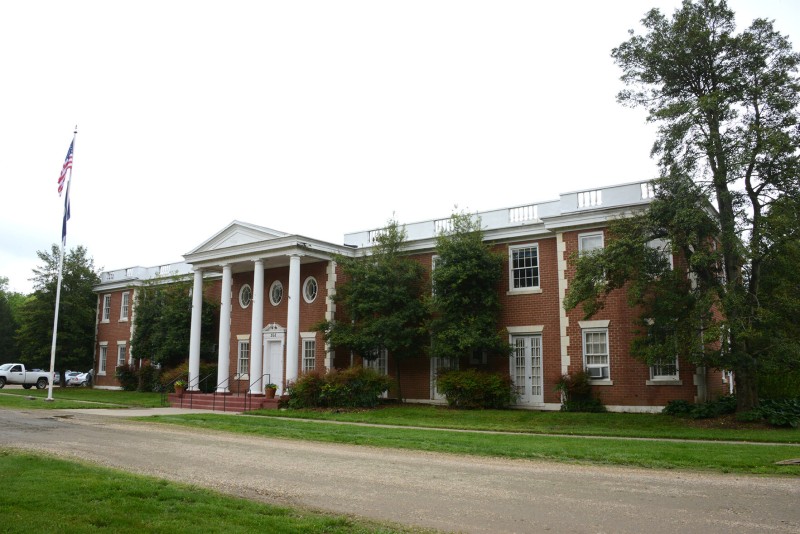
The large Georgian building on site was built in the 1960s as a home for troubled boys. It is now the offices and visitor center for Ferry Farm.
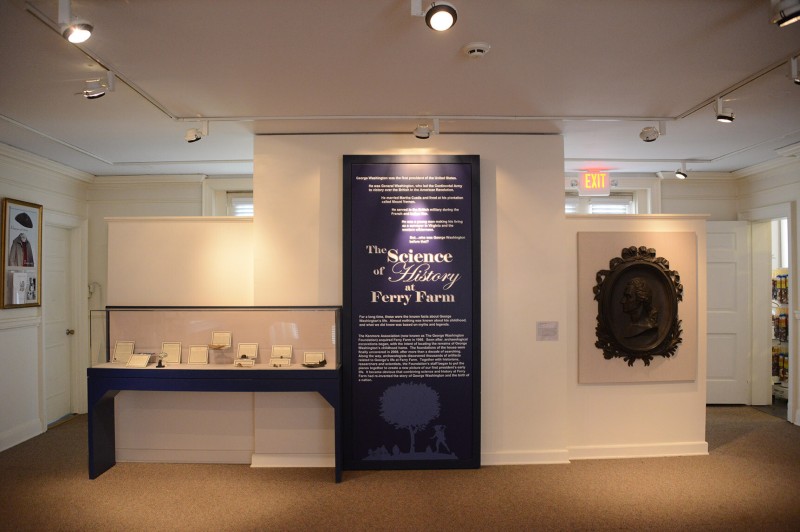
Inside are displays about the site.
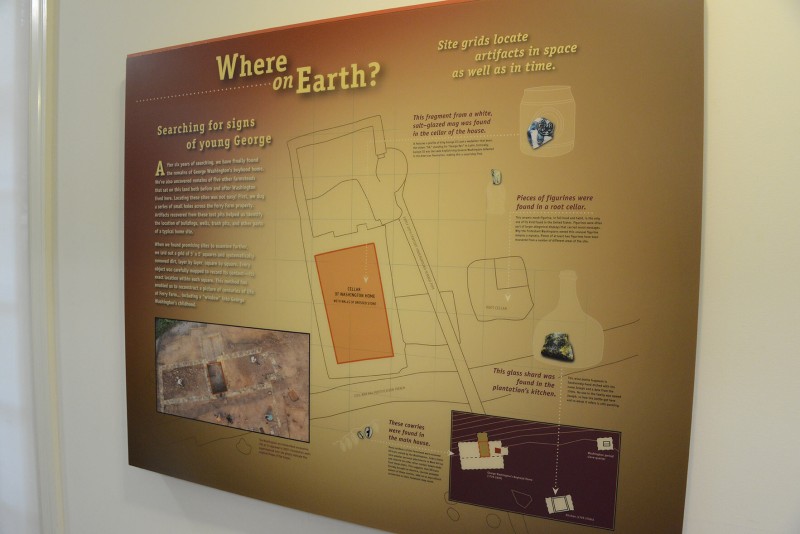
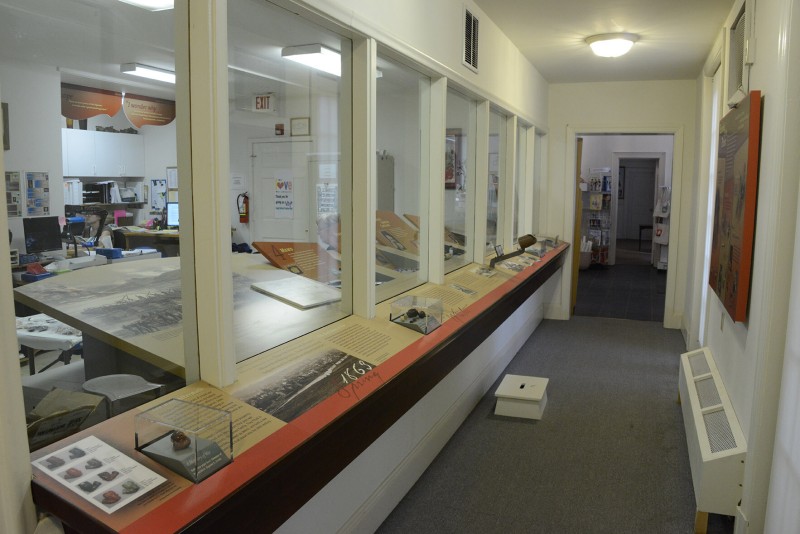
A corridor with glass windows allows visitors to see work underway in the archeology lab.
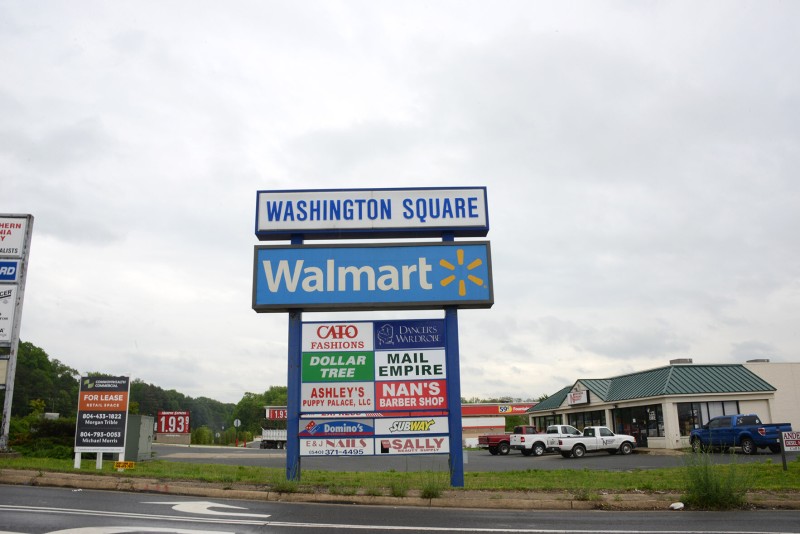
In the 1990s, Walmart was looking to build a store on the property. They were finally encouraged to build the store a short distance away.
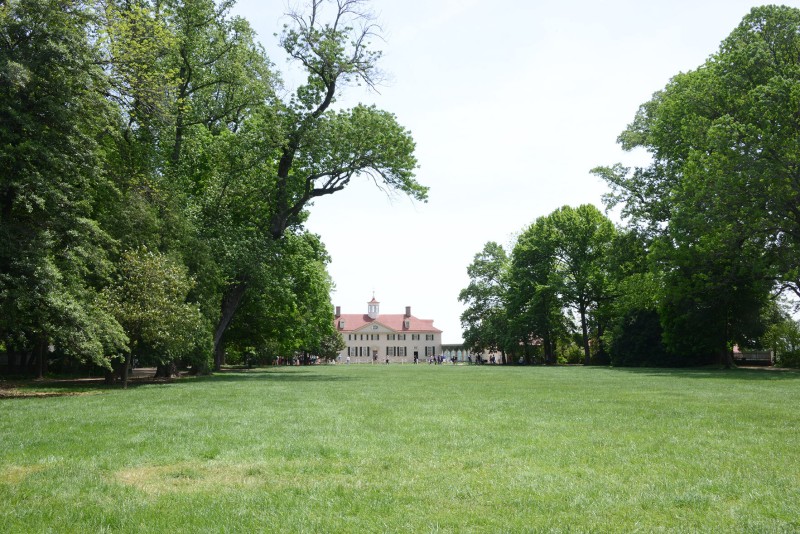
George Washington is mostly associated with Mount Vernon, a plantation house on the Potomac.
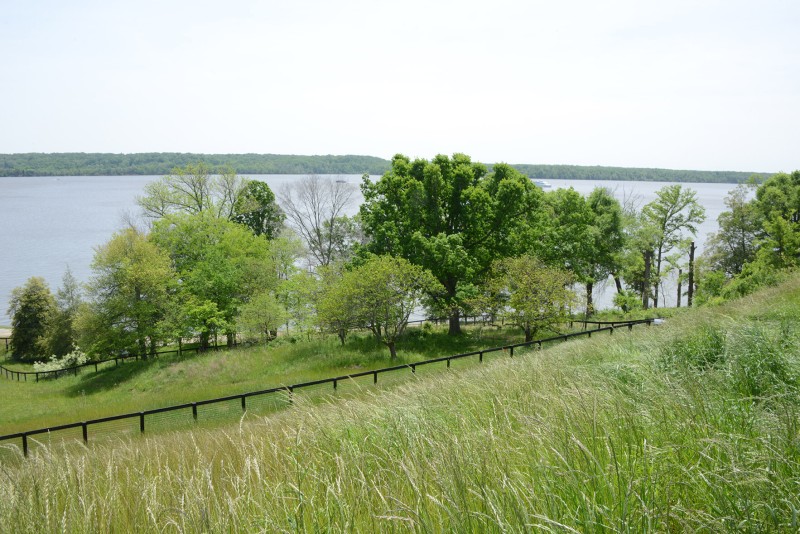
Originally known as Little Hunting Creek Plantation, the site had been owned by his great-grandfather. Washington became a partial owner in 1754, and its sole owner in 1761.

Between 1758 and 1778 Washington expanded the house into what we see there today. He raised the roof of the original one story building to two and a half stories, adding on to it until there were 21 rooms, and 11,000 square feet of space.

Whether the architect was Washington himself, or others, is still debated, though most of the work of course was done by his slaves.

After serving as the nation’s first president, Washington retired to Mount Vernon, and died there two years later, in 1799.
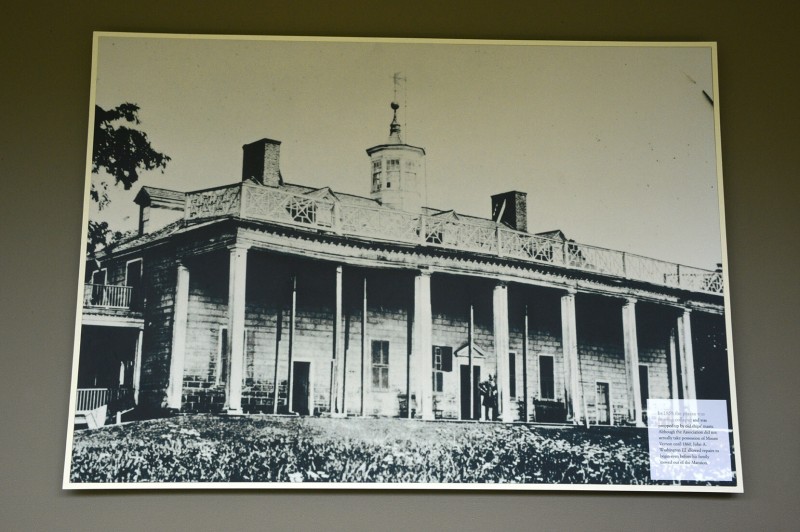
Owned by subsequent family members, by the 1850s the house was a ruin. In 1858, the Mount Vernon Ladies Association bought it, and opened the house to the paying public in 1860.
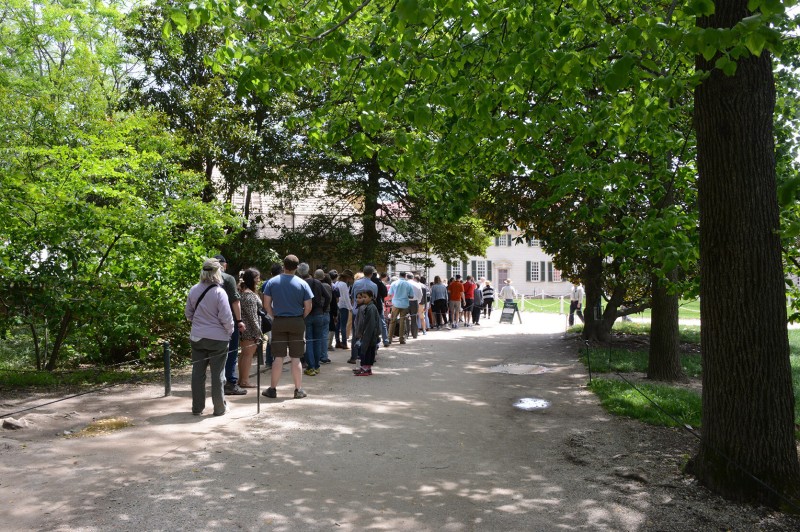
The house is still owned and operated by Mount Vernon Ladies Association, and has been seen by more than 100 million visitors. This makes Mount Vernon the most visited historical residence in the USA, more than Monticello and Graceland combined.
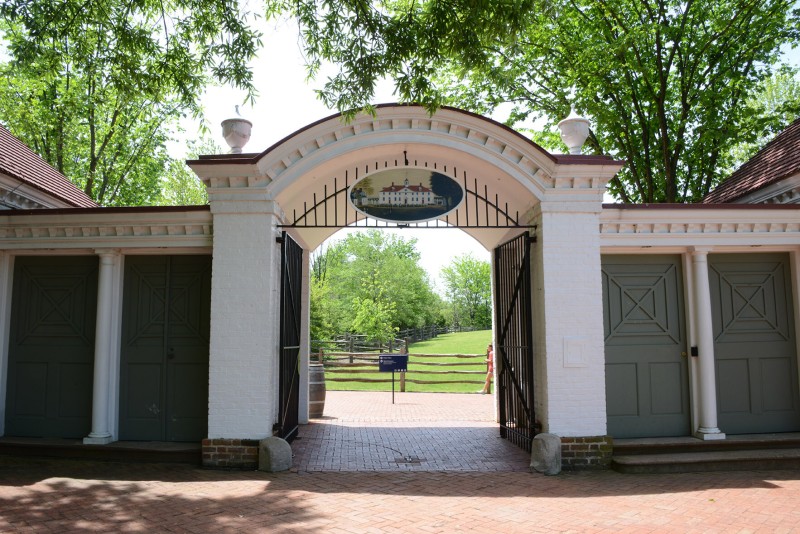
Visitors begin at the gate.

Then head to the Ford Orientation Center, part of a large-scale visitor infrastructure upgrade completed in 2006. There you can get oriented, and purchase your $20 entrance fee.
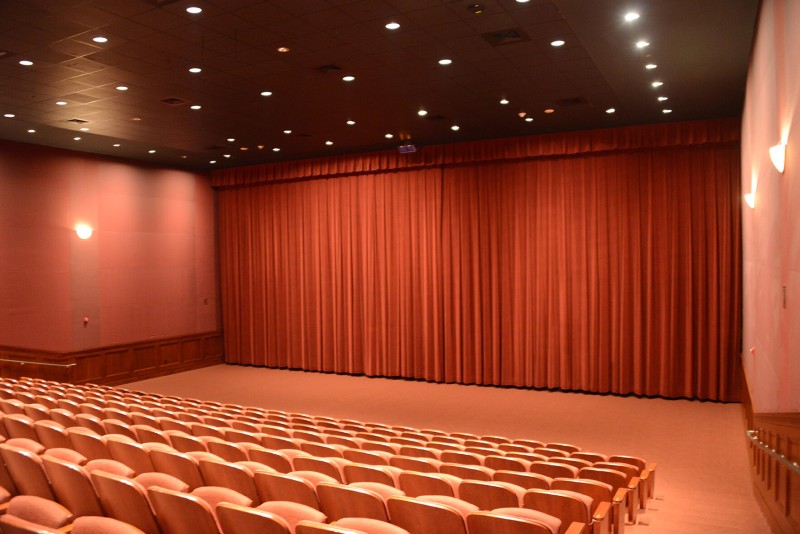
Visitors start by watching an 18-minute orientation film, mostly about Washington’s heroism as general in the field of battle.

Then head outside to the historic area.
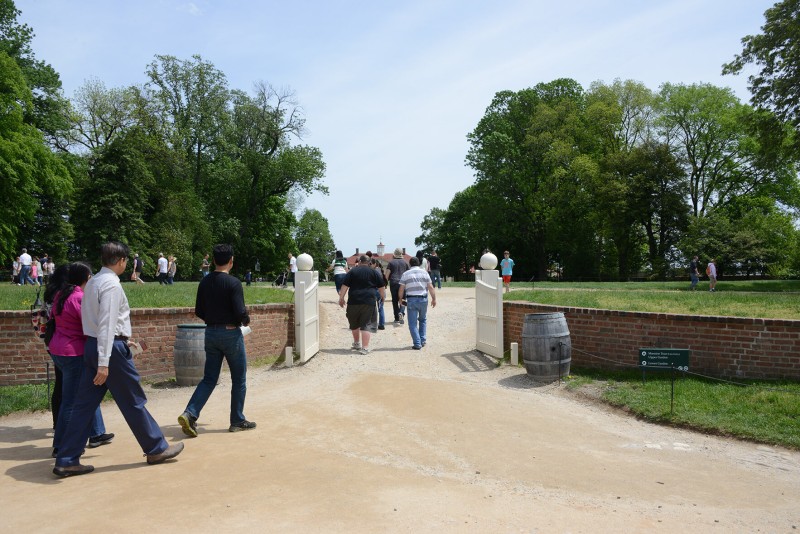
You can visit the house and walk the grounds, where there is much to see and learn from interpretive signage.

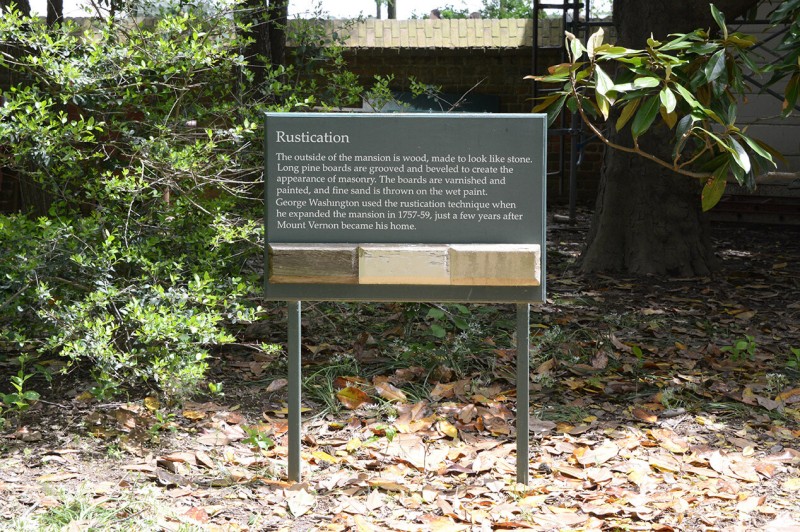

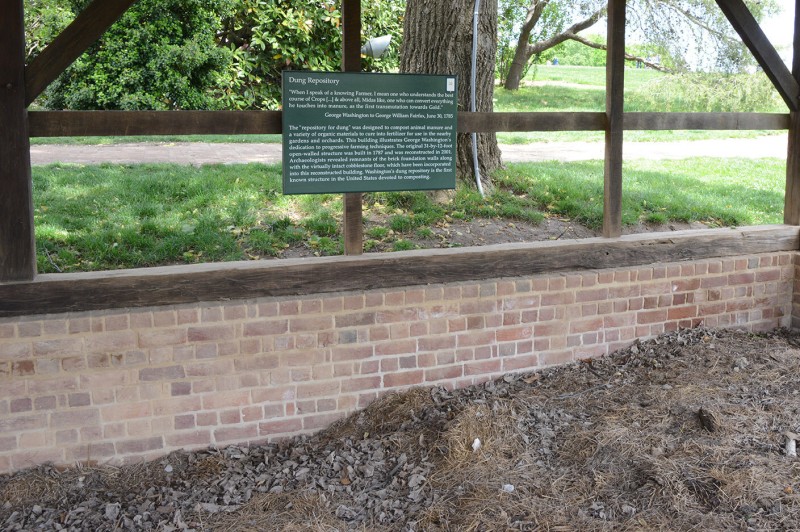
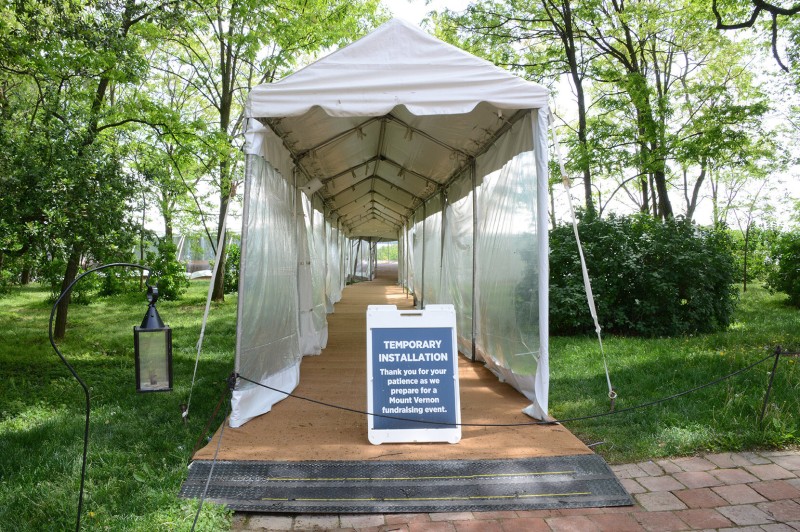

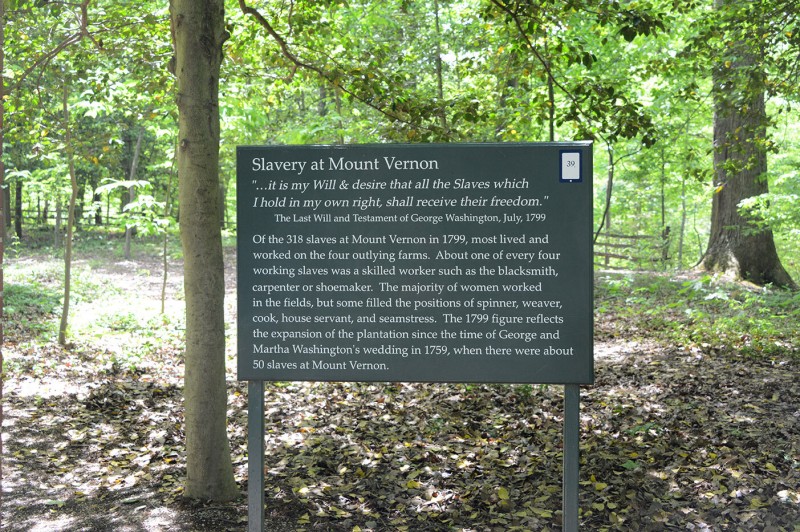
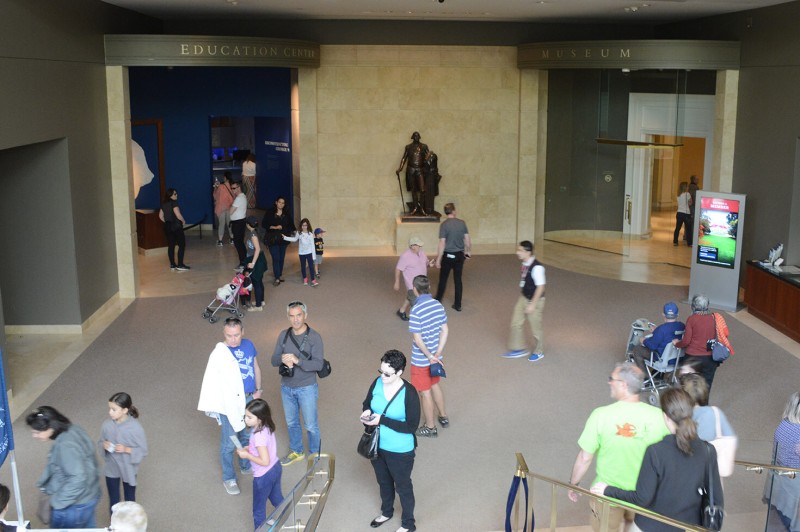
After touring the grounds, visitors can then head underground, into the Reynolds Museum and Education Center, the main part of the $100 million 66,000 square-foot visitor complex built in 2006.
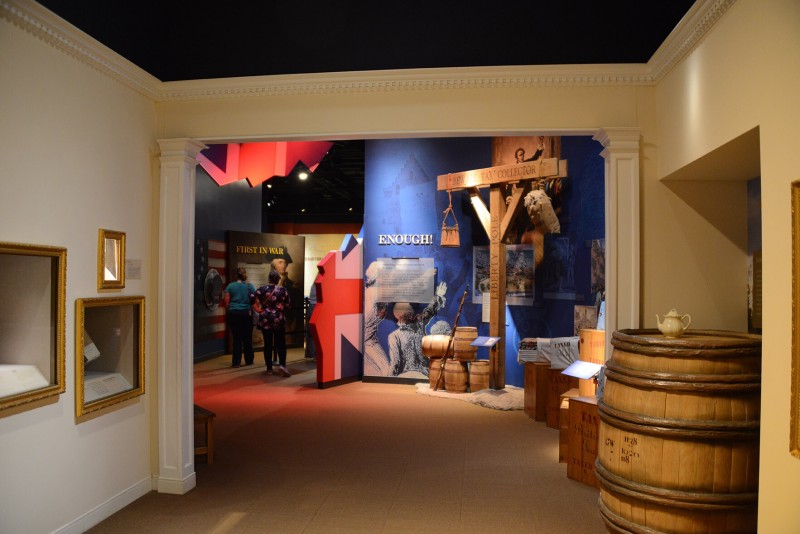
Inside are galleries with dioramas integrating video and other effects, as well as a number of theaters.
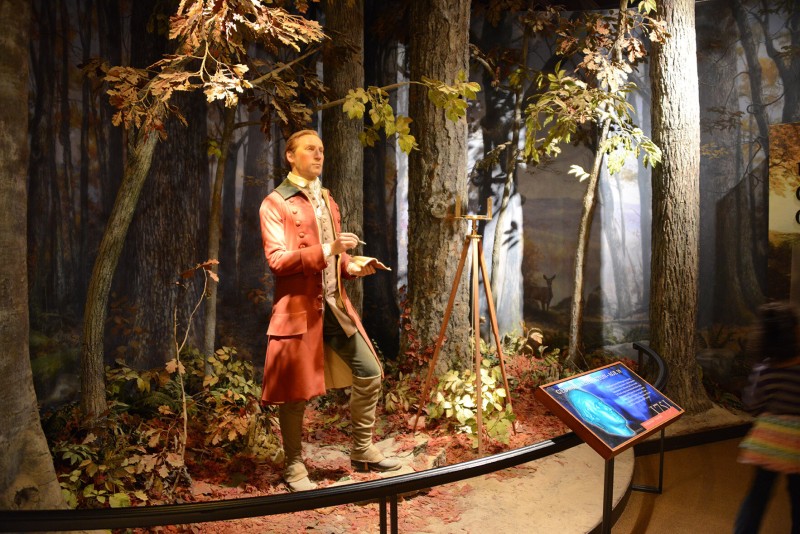
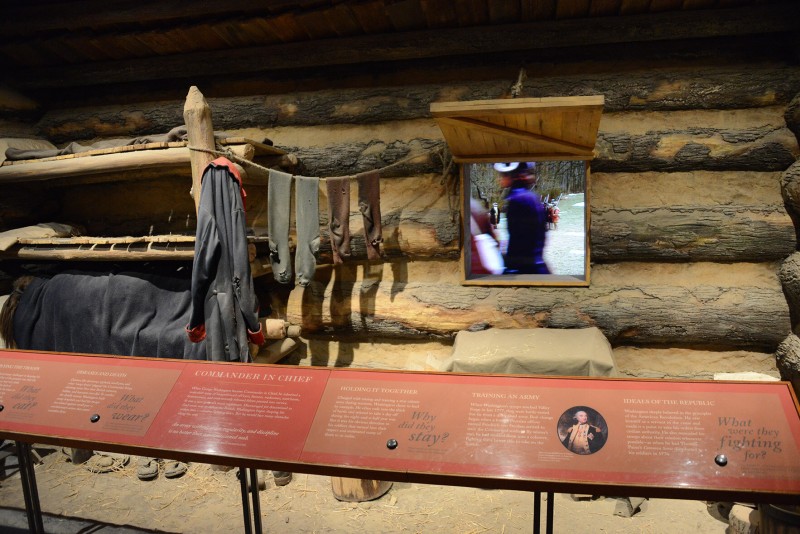

At the end is a wrap-around cinematic extravaganza where historian David McCullough and choirs of schoolchildren send visitors off and aloft in waves of patriotism.
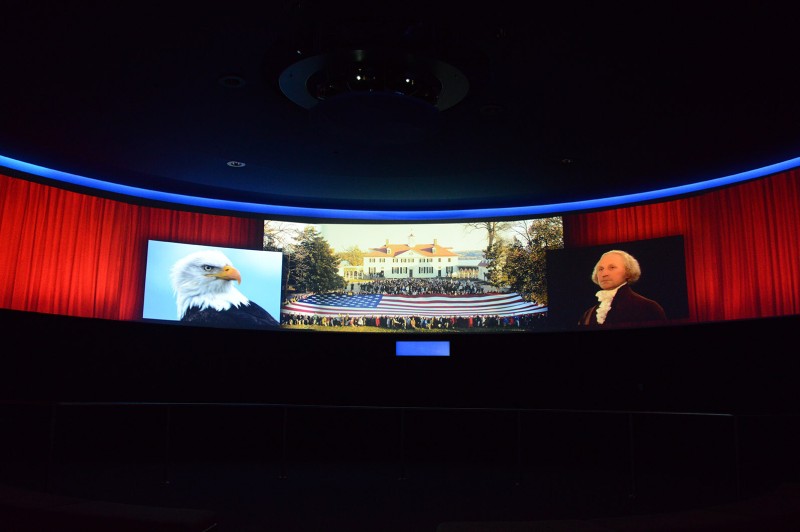

Then exit through the 6,600 square-foot gift shop.
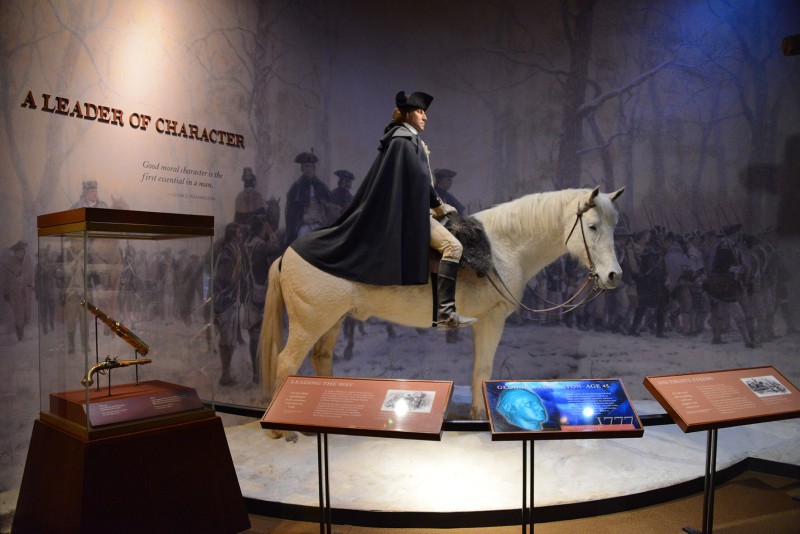
Washington never retreated from Mount Vernon. He died there the morning after a cold winter ride all over the plantation in freezing rain.

Originally the massive obelisk announced for the National Mall in 1800 was to be his mausoleum, but his wife Martha fought to keep his body at Mount Vernon.

His body was interred in this vault at Mount Vernon, eventually joined by his wife and twenty other family members. The federal government continued to try to lure his remains to the capital, but here it remained.

In 1831, 31 years after he died, a new and bigger tomb at Mount Vernon, which Washington himself had requested in his will, was finally ready, in time for his 100th birthday.
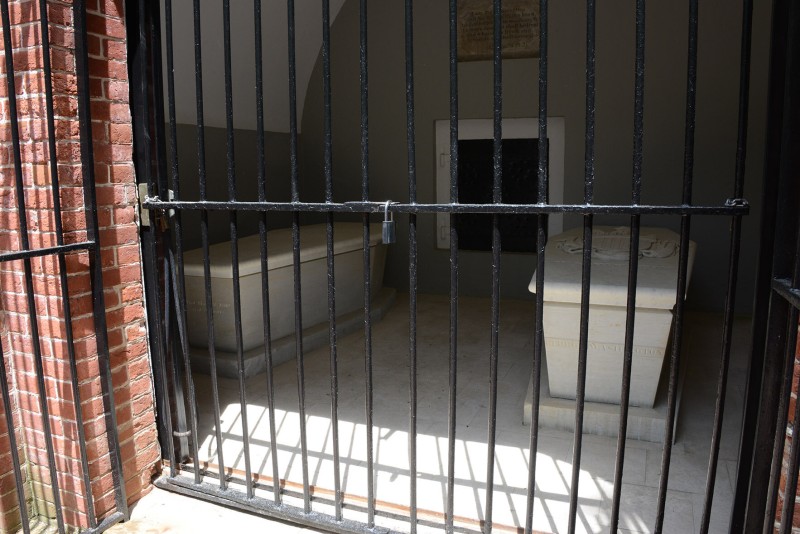
And the family was moved in.
